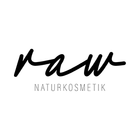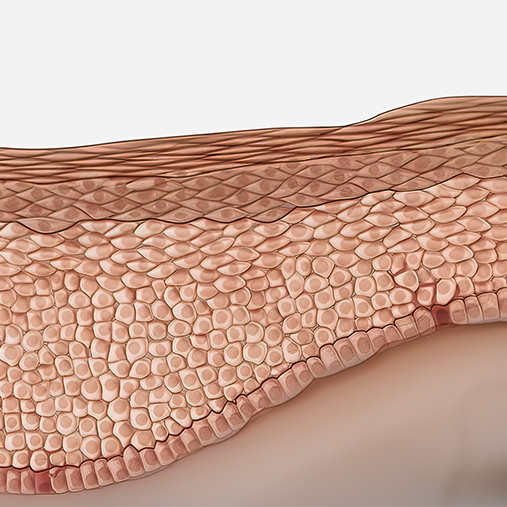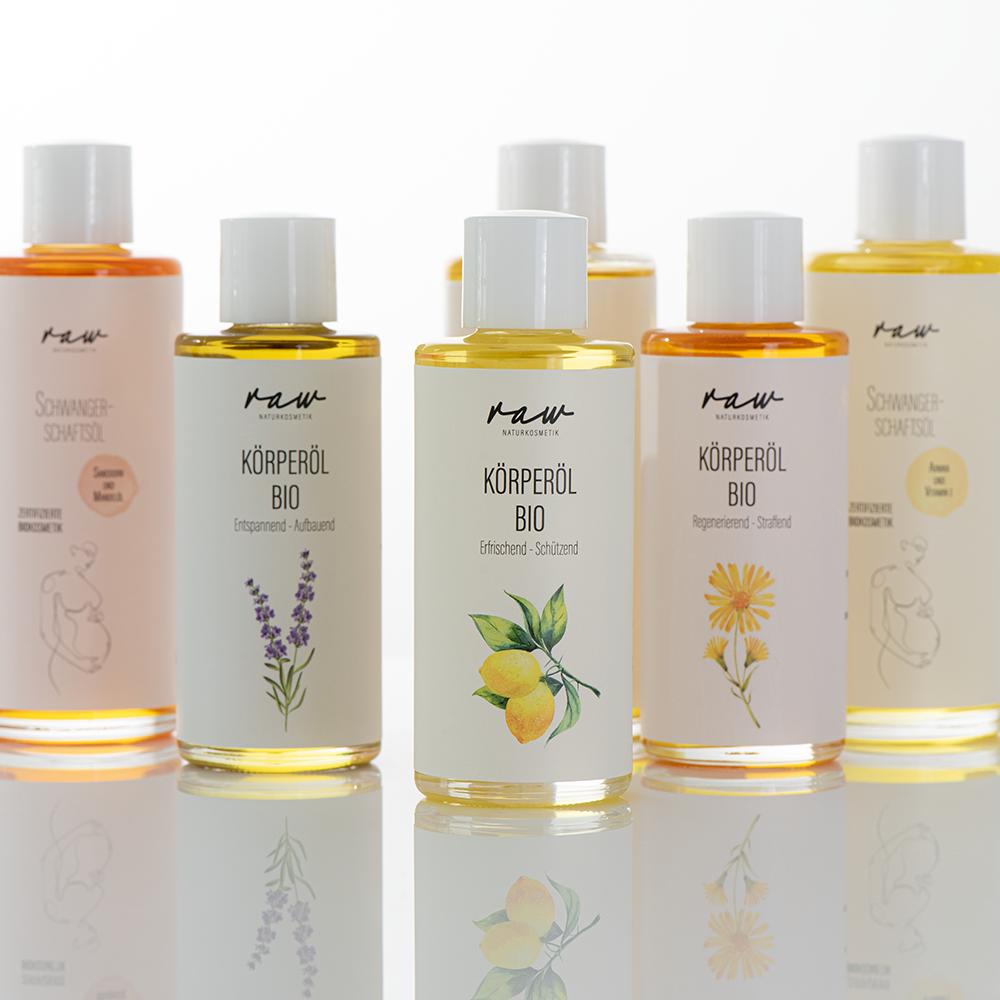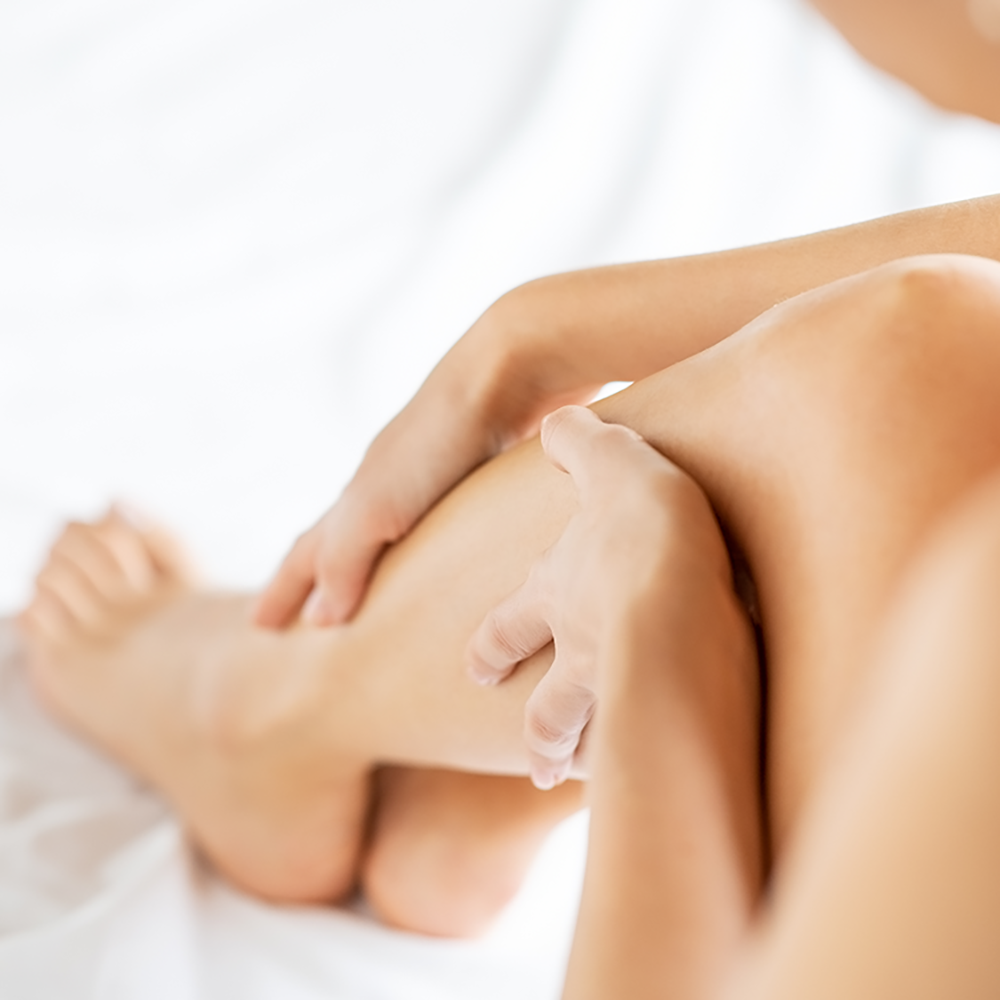The skin is the largest organ of a human being and separates the organism from the outside world. The skin has a variety of tasks, it serves as a protective shield against external influences, a depot for nutrients, produces hormones and is our largest sensory organ.
These are many complex processes that also vary depending on the region of the body. However, the skin structure is always the same, it only differs in thickness.
The top layer of skin is called the epidermis. This layer is made up of 5 layers. Underneath lies the leather skin, which is called the dermis. Underneath this lies the subcutis, called the subcutis.
Despite this complex structure, the skin is only between 1.5 and 4 millimeters thick, and in special areas such as around the eyes it is only 0.1-0.5 millimeters thick. The thickness of the skin differs from person to person.
In the cosmetic sector, the epidermis is mainly addressed, as most care products work in this layer of the skin. What is special about the epidermis is that it renews itself every 28 days. Here cells are rebuilt on the inner edge of the epidermis, transported to the outside and replace older cells that lie above them. This is also the principle for wound healing that only affects the upper layer of skin.
The epidermis has many influences with which it has to cope. For example, sunlight, humidity, bacteria, viruses and drought, to name just a few of them.
Only healthy skin can handle this amount of tasks. This is where cosmetics come into play, because the more mature skin becomes, the more it appreciates support in the form of care and attention.
Valuable oils are a welcome help here; the horny cells that form the skin's external seal are held in place with lipids (fats/oils). Active ingredients containing lipids help to strengthen the skin barrier. They also create a protective layer over the skin, as a result of which water loss from the skin can be reduced.





